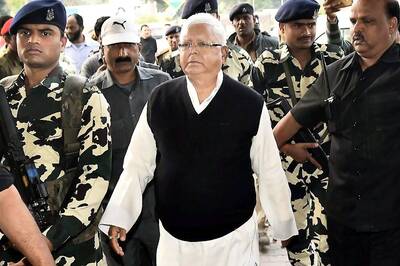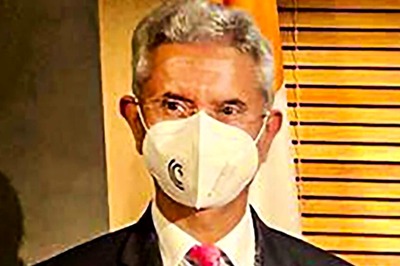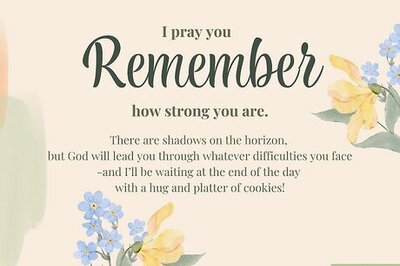
views
A few decades ago, several hundred Indian crocodiles were being exploited and hunted owing to a mass demand for their skins, sewed as frontage to fashionable wallets, hand bags and accessories. Responding to the need of the hour, wildlife conservationists, Romulus and Zai Whitaker in 1975 applied for a licence for the country’s first centre, exclusively for crocodiles — The Madras Crocodile Bank Trust and Centre for Herpertology. Munusamy Krishnan, today Chief of Maintenance at the Bank reveals, “I was only 18 at the time and was employed for cleaning mostly and had never seen a crocodile before.” He goes on to explain how a much-revered Rom would teach him the various methods of handling the scaled reptiles, and even catching them in case they were required to be transported. “The noose (either plastic or metal) must not be too tight, or you will injure the animal’s respiratory organs in the neck,” of course he quickly assures, “it can’t be too loose either.”What started as a barren marsh land with a humble 20 crocodiles has now grown into a tremendous figure over 2000. In 2003, other reptiles such as snakes, lizards, turtles and tortoises were added to the institution’s repertoire making it a full-fledged reptile zoo. Their recently joined Australian director, Colin Stevenson offers, “In the crocodile world, this place is considered legendary in terms of the numbers of species and the kind of research projects that are done on a daily basis.” Asked about the quality of functioning and maintenance of the premises, he says, “When I arrived here, the first thing I did was to take a look at a species I love, the Dwarf Caimans (smallest croc species in the world).” He gestured toward the area for effect and points out the various thermal probes set up — one to monitor the temperature on land, another in the water and a third behind a bush. “I was super impressed,” he explains, “This way the thermal patterns of all the crocs can be kept track of, as and when they change.”As part of the 35th anniversary celebrations, the biggest announcement of the MCBT was of their `25lakh per year research grant and a masterplan in place for the park’s renovation. This includes a satellite facility and a complete re-structuring of each of the natural and glass fronted enclosures for all the animals, as well as interactive features for visitors. Veterinerarian Gowri Mallapur points out, “All the enclosures for the animals are built in-house because most architects are anthropomorphic, which means they think of comfort only from the human perspective.”


















Comments
0 comment